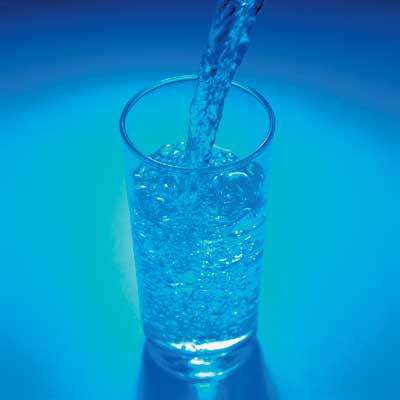
Symptoms Of a Kidney Stone
Article by Paul Hooper-Kelly
If you were to draw up a profile of the person most likely to experience the agonizing symptoms of a kidney stone, it would be something like this. a male, aged between 25 and 40 who takes very little exercise, loves eating red meat and drinking cola and soda and never drinks pure water. the chances are high he would live in the southern USA — probably in the south western states.
We know quite a lot about the cause of kidney stones, because they are on the increase. this is because they are largely due to what we eat. so, as we get more affluent, we eat and drink more of the very things — such as red meat and soda — that increase the chances of getting kidney stones. That’s why the USA leads the world on the these incidents, having an average of 10% of the population likely to have an occurrence at some point in their lives. the world average is just 4%, with many less developed countries having virtually no cases.
Very often you can have a kidney stone for months — years even — yet be unaware of it. these types of stone are called “silent kidney stones”. But when the stone tries to move down the urinary passage — that’s the narrow tube, called the ureter, linking the kidney to the bladder, you will suddenly be aware you have a kidney stone.
And boy, you certainly know it, because the pain is excruciating. it usually starts in your back — higher than you would normally associate with normal back ache — just under your rib cage. Sometimes you get a little warning in the form of a vague nagging in this area. so, if you get that, and you are in the high risk category, you may want to consider what course of action you should follow to get rid of your stone, before it starts to really cause problems.
If you either ignore, or have no symptoms of a kidney stone, the pain is likely to hit you like an express train. Then the spasms of intense pain may well make you sweat or feel giddy and nauseous and will seem to move through you, from your back to your front and, eventually down to your groin. If that apparent movement occurs, it is a sign the kidney stone is, at least, able to move through the urinary tract, which is a good thing.
Keep a very close check on the color of any urine, throughout the attack. what you don’t want to see is it turning dark red, as this will show the jagged stone has torn the delicate lining of the ureter. this also makes it more likely it will get caught up and jammed on the lining of the urinary tract and cause a blockage. When this happens, the urine cannot flow down the ureter tube into the bladder. this seals off the flow of urine, putting pressure on the tube walls, causing more pain. the urine then backs up into the kidney which, if left untreated, increases the chances of a kidney infection.
The pain may be accompanied by the frequent urge to urinate, which may prove impossible, due to the blockage. this is when removal of the stone becomes a priority. either by surgery, medication or by using a natural home remedy cure. so never ignore the symptoms of a kidney stone attack and take immediate action, if it happens.
About the Author
It’s now possible to painlessly dissolve kidney stones in hours, so avoiding uncomfortable medical procedures or medication, with a very effective home treatment for kidney stones. I’ve just released a report about a simple home remedy, that works in hours, just using regular, safe household items: Guaranteed_Home_Remedies_For_Kidney_Stones